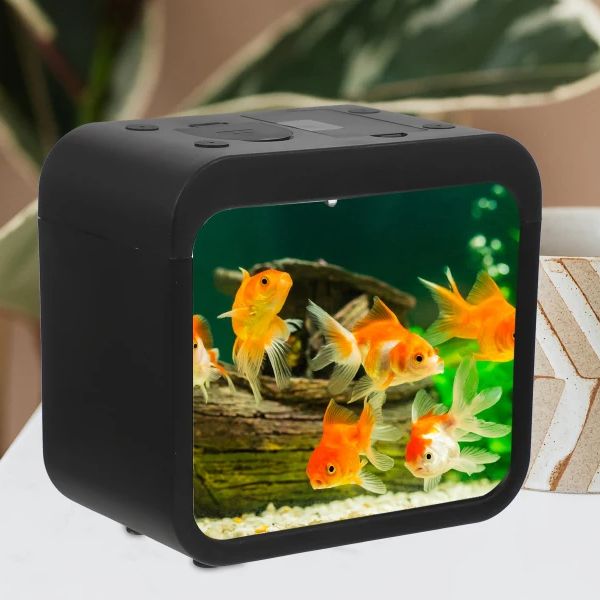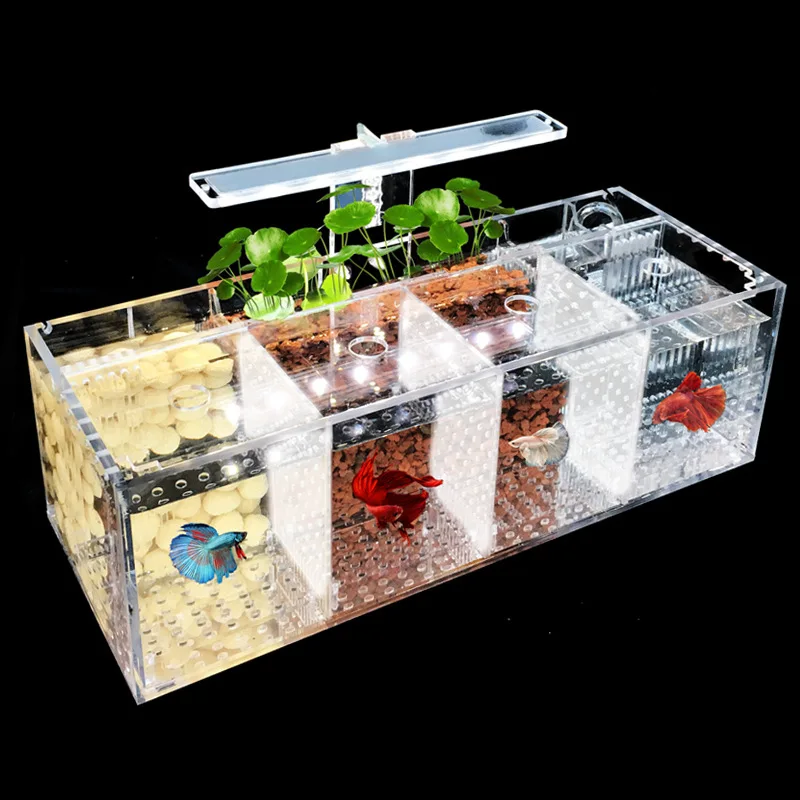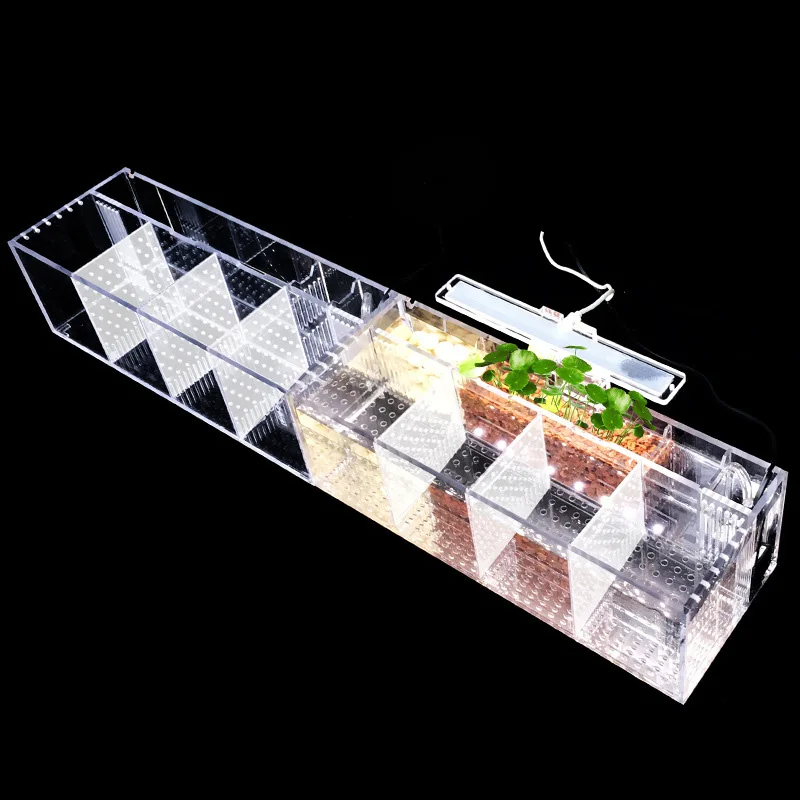Algae growth in fish tanks is a common issue faced by aquarists, both beginners and veterans alike. Not only does it detract from the aesthetic appeal of your aquatic display, but excessive algae can also pose health risks to your fish by depleting oxygen levels and releasing harmful toxins. This comprehensive guide will provide you with essential maintenance tips and strategies to effectively remove and prevent algae from taking over your aquarium.
Understanding Algae Growth
The Importance of Balance
Before diving into removal methods, it’s crucial to understand why algae grow in the first place. Algae thrive on excess nutrients such as nitrates and phosphates, which typically come from uneaten food, fish waste, and decomposing plant matter. Additionally, ample light exposure accelerates their growth. Maintaining a balanced ecosystem within your aquarium is key to controlling algae proliferation.
Types of Algae
Identifying the type of algae you’re dealing with can inform your approach to treatment. Common types include green spot algae, hair algae, blue-green algae (technically a type of bacteria called cyanobacteria), and blanket weed. Each may require slightly different management strategies.
Preventive Measures
Light Control
Limiting the duration and intensity of light exposure is vital. Aim for no more than 8-10 hours of light per day and use timers to regulate this. If possible, invest in LED lights with adjustable settings to fine-tune the light spectrum and intensity for your specific aquarium needs.
Nutrient Management
Regular water changes, typically 10-20% of the tank volume weekly, help dilute excess nutrients. Use a gravel vacuum to clean substrate, removing debris and detritus. Avoid overfeeding fish and promptly remove any uneaten food.
Aquatic Plant Care
Plants compete with algae for nutrients and light. A well-planted aquarium can significantly reduce algae growth. Ensure your plants are healthy and adequately fertilized, as weak or dying plants release nutrients that fuel algae blooms.
Mechanical Filtration
A high-quality filter system is essential for maintaining water quality. Regular cleaning or replacing of filter media ensures efficient removal of waste products.

Biological Control
Introduce Algae-Eating Creatures
Nature has its own solutions! Consider adding algae-eating species to your aquarium, such as Siamese algae eaters, otocinclus catfish, snails like nerites or mystery snails, and certain types of shrimp. These creatures can help keep algae growth in check naturally.
Chemical Treatments
Algaecides
When manual and biological methods aren’t enough, algaecides can be used as a last resort. However, caution is necessary as some algaecides can harm sensitive fish or plants. Always follow the manufacturer’s instructions carefully and perform a partial water change after treatment.
Using Natural Remedies
Natural alternatives like vinegar or hydrogen peroxide can be effective against certain types of algae. Spot treating affected areas can minimize harm to beneficial bacteria and other inhabitants.
Physical Removal Techniques
Scrubs and Scrapers
For stubborn algae growth, mechanical removal is often necessary. Use algae magnets, scraper blades, or soft-bristled brushes designed for aquarium glass to manually remove algae. Be gentle to avoid damaging silicone seals or scratching the glass.
Vacuuming Gravel
Algae can accumulate in the substrate. Using a siphon hose or specialized gravel cleaner, gently vacuum the substrate to remove any built-up algae and debris.
Maintenance Schedule and Best Practices
Consistency is Key
Developing a consistent maintenance routine is paramount. Regular monitoring of water parameters, timely water changes, and cleaning routines will help prevent sudden algae outbreaks.
Observation and Adjustment
Keep a close eye on your aquarium’s conditions and adjust as needed. If algae growth persists despite your efforts, reassess lighting, feeding habits, and filtration efficiency.
Patience and Persistence
Remember, managing algae is an ongoing process. It may take time and persistence to find the right balance for your specific setup. Don’t get discouraged; with patience and consistent care, your aquarium can flourish with minimal algae issues.
Lighting Management for Algae Control
Optimizing Aquarium Lighting
Algae thrives under excessive or poorly timed light exposure. Adjust your aquarium’s light schedule to mimic natural day and night cycles, typically around 8-10 hours of light per day. Use timers to ensure consistency.
Upgrade to LED Lighting
Switching to LED lights not only saves energy but also allows for better control over the spectrum emitted. Choose LEDs that promote plant growth while minimizing the wavelengths known to stimulate algae.
Shade High-Light Areas
In tanks with plants that cast shadows or areas receiving direct light, consider adding floating plants or shade cloth to diffuse light and discourage algae growth in those bright spots.

Dietary Adjustments and Feeding Habits
Balanced Fish Diet
Overfeeding and uneaten food contribute to increased nutrient levels, which algae feed on. Ensure your fish are on a balanced diet and feed them only what they can consume within a few minutes, removing any leftovers.
Reduce Phosphates and Nitrates
Choose fish foods low in phosphates, and consider using nitrate-reducing media in your filtration system. Regular water changes also help maintain low levels of these nutrients, starving out unwanted algae.
Monitor and Adjust Plant Nutrition
Healthy aquatic plants compete with algae for nutrients. Ensure your plants receive adequate fertilization to promote their growth, thus naturally limiting available resources for algae.
Aquas caping and Design Strategies
Increase Surface Agitation
Proper water movement helps distribute oxygen and prevents stagnant areas where algae can thrive. Use powerheads or create a layout that encourages surface agitation without disturbing delicate plants or fish.
Create Algae Barriers
Intelligent aquascaping, such as placing decorations or driftwood in areas prone to algae growth, can physically limit its spread and make manual removal easier.
Overall, a holistic approach combining biological control, careful chemical usage, physical maintenance, optimal lighting, dietary management, and thoughtful aquascaping is key to maintaining a healthy, algae-balanced aquarium. Each aquarium is unique, so don’t hesitate to experiment and find the strategies that work best for your specific ecosystem.
Advanced Water Quality Management for Algal Control
Regular Water Testing
Conduct frequent water tests to monitor parameters such as pH, ammonia, nitrite, nitrate, and phosphate levels. Aim for a stable and optimal range: pH between 6.5 and 7.5, zero ammonia and nitrite, and minimal nitrates (ideally below 20 ppm). High-tech testing kits or digital meters can provide accurate readings for precise adjustments.
Enhanced Filtration Techniques
Invest in a high-quality filter system that incorporates mechanical, chemical, and biological filtration. Consider adding a refugium, a separate chamber in your sump system, filled with macroalgae like chaetomorpha or caulerpa. These algae consume nitrates and phosphates, effectively exporting them from the main tank, reducing the nutrients available for problematic algae.
Carbon Dosing and Biopellets
For advanced users, carbon dosing involves adding small amounts of carbon sources to promote the growth of beneficial bacteria that consume phosphates and nitrates. Biopellets are another option; they slowly release organic carbon into the water column, stimulating denitrification processes and further reducing nutrients.
Reduction of Light-Penetrating Surfaces
Algae can grow on glass walls, ornaments, and substrate. Regular cleaning with algae magnets or siphoning not only improves aesthetics but also reduces the overall surface area for algae colonization. Using dark backgrounds and carefully selecting substrates that don’t easily trap debris can minimize light reflection and nutrient accumulation.
CO2 Supplementation for Planted Tanks
In heavily planted tanks, supplementing with CO2 can significantly boost plant growth, allowing them to outcompete algae for nutrients. A regulated CO2 injection system paired with a drop checker ensures optimal levels for enhanced photosynthesis.

Conclusion
Algae control in fish tanks requires a holistic approach combining preventive measures, biological controls, occasional chemical treatments, and physical removal techniques. By understanding the underlying causes of algae growth and implementing these essential maintenance tips, you can maintain a healthy, visually pleasing aquatic environment for your fish and plants to thrive. Remember, prevention is always better than cure, so prioritize regular maintenance and careful observation to keep algae in check.










